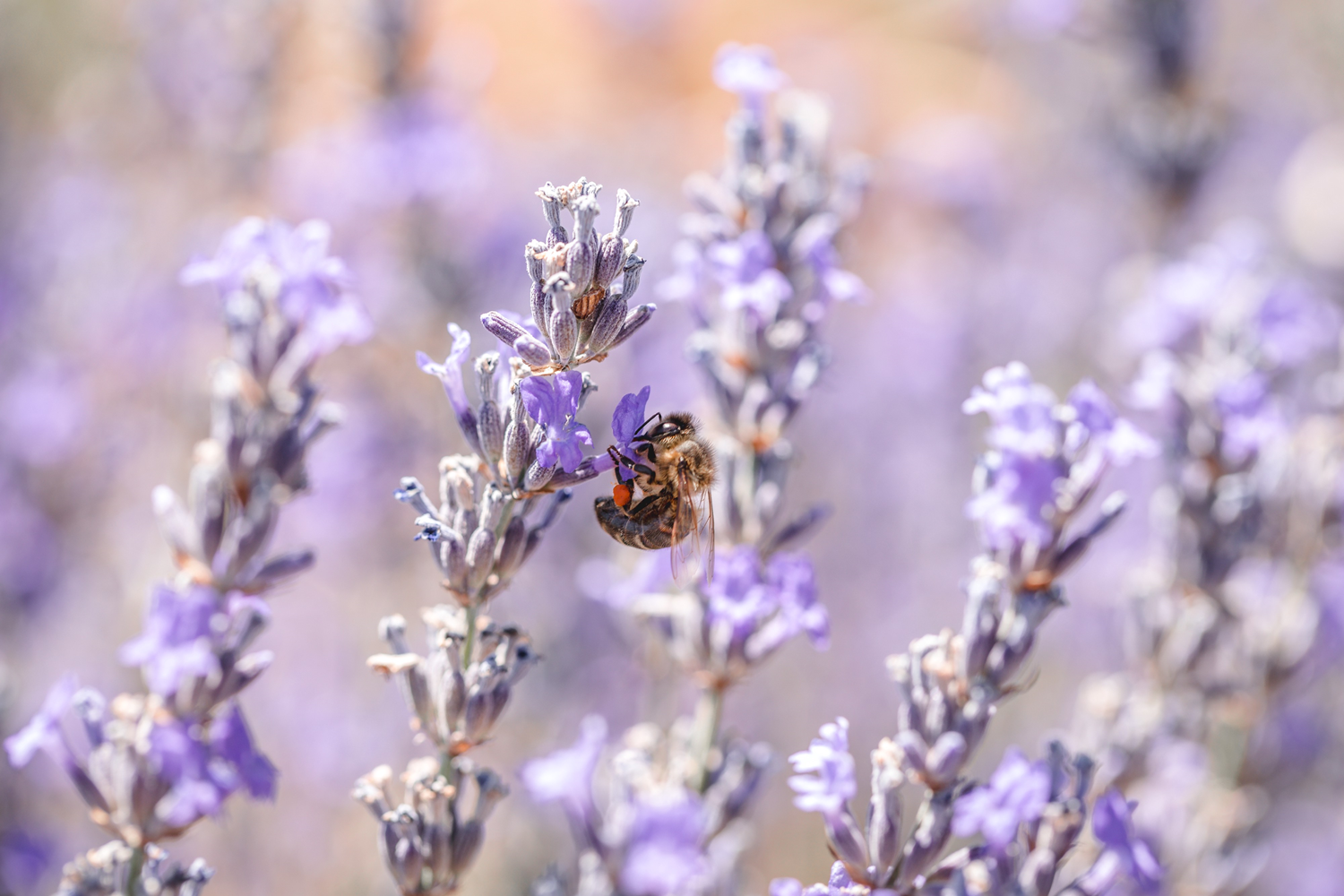Before you go any further...
I've read and accept the Terms of Use and the Privacy Policy.
I accept to receive newsletter and other communications associated with firms of The Explorers Network group'
I accept to receive commercial offers of The Explorers Network partners'.
Thanks!
Vote everyday for your favorite content
SENSITIVE CONTENT
This media contains sensitive content which some people may find disturbing or offensive.
You must be 15 years of age or older to view sensitive content.
Log inBirthday
Content being validated
THE EXPLORERS +
Watch our premium movies
The Explorers + is our premium movie catalog in Ultra High Definition (HD/4K/8K)! Hundreds of videos already available and daily new content on all your devices (web, mobile, tablets, smart TV).
Post content (photo or video) and get 1-month free
OR
Subscribe and support The Explorers Foundation's field actions for biodiversity.

Content being validated
Entomophilous pollination
1
0
In the wild, the hybridization of lavender species with different vegetation areas and flowering times is mostly made possible by cross-pollination linked to many insects, including bees. They, indeed, visit the flowers without any botanical discrimination, the different species providing them with both nectar and pollen. The layer of greasy matter that agglutinates the pollen of the lavender requires an external intervention for the pollination of the flower. Given the presence of nectar, this pollination is necessarily entomophilous (depending on insects).
Related content

Médias en cours d’exploration

